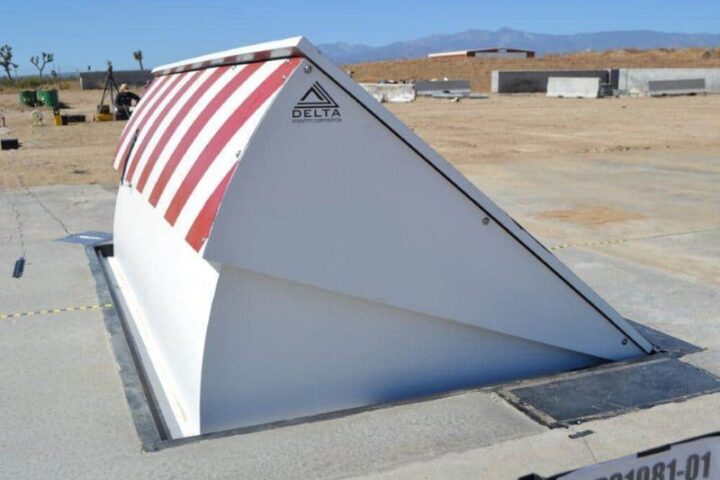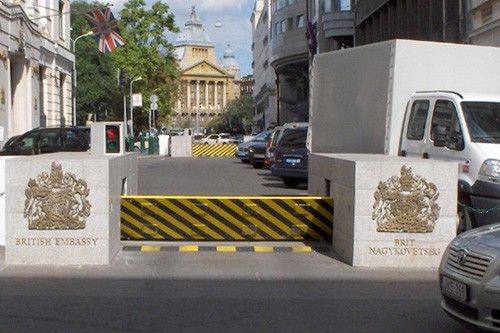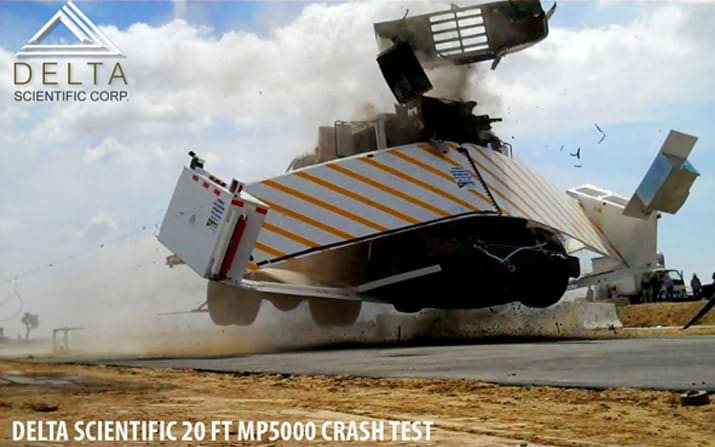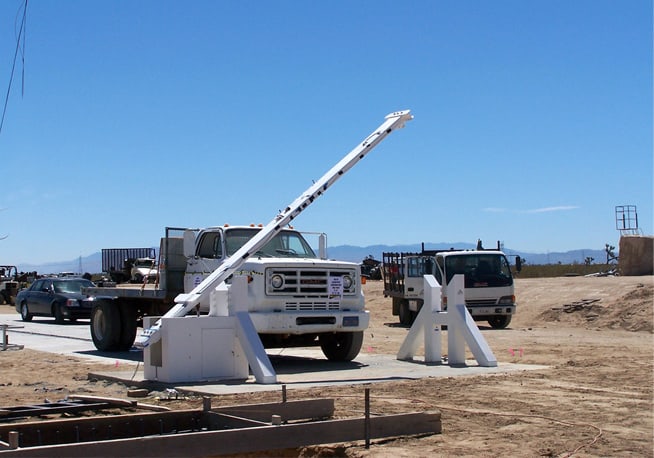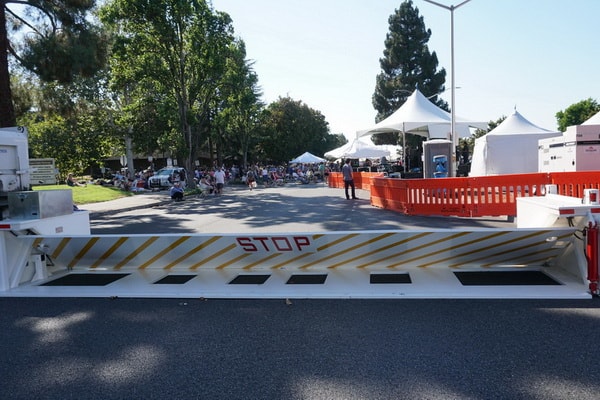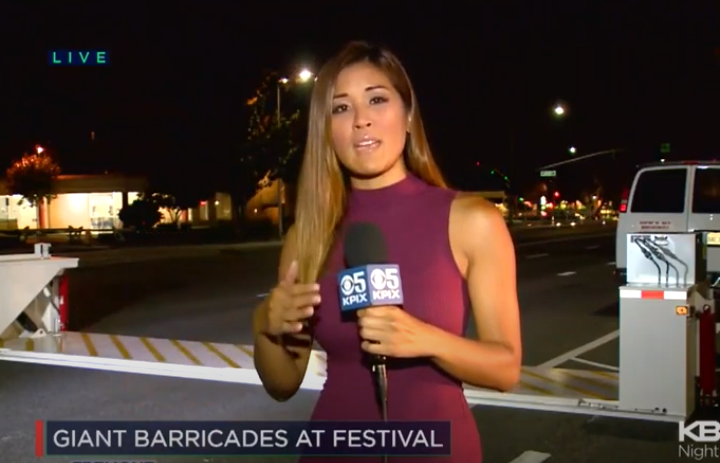The idea behind vehicular attacks is simple. Unlike conventional weapons, larger cars and trucks are more ubiquitous, and the potential cost to morale and the population as a whole is high. The main concession is that these transports need to be manned by a person with devious intent. However, the continued computerization of vehicles, as well as the push towards complete autonomous driving, may make this form of improvised ammunition much more effective and dangerous.
Extremists Take Advantage of COVID-19 Confusion
As local and global communities band together to help stave off the worst of the COVID-19, the threat from infection is enough for most people to worry about. For some, it is an opportunity to learn new ways to deal with everyday life while remaining safe. For others, it is exactly the kind of chaos that can be exploited to relay a message of terror. While individual security is important, organizations need to recognize that this pandemic offers more threats than just the virus.
A Closer Look at Visual Deterrents
Half of the battle against aggressors is pre-planning. Establishing a comprehensive security system before an attack takes place ensures that staff and police are prepared for almost any eventuality. However, constructing or modifying an area to be highly secure without looking like a fortress is a challenge every architect faces, especially in locales where looks mean everything.
A Barrier to Terrorism or the Public?
Terrorism takes many forms, but the most potent attacks come when everyday items are transformed into weapons of destruction. Cities the world over are faced with such attacks, and their responses will shape not only safety practices but the development of those cities as a whole. As more and more metropolitan areas add barricades and additional security measures, it comes at a cost. Pedestrian traffic and public enjoyment might be limited by barriers, but what is being sacrificed, and can those concerns be mitigated?
Delta Scientific’s MP5000: Stopping Power in Action
Combining versatility and effectiveness into a mobile package, portable barrier systems offer much more than standard permanent installations. Perhaps most successful in this regard is Delta Scientific’s MP5000 Portable Event Barricade, designed specifically for stopping unwanted vehicle traffic dead in its tracks.
Can Your Beam Barricades Stop a Breach?
Delta Scientific creates security beam barricades that are designed to restrict access in or out of a specific area. Our beam barriers are built to withstand most attempts to drive through the barricade and are crash certified.
Fighting Back Against Mail Contamination Threats
One of the most startling reasons that biological warfare is so damaging is its near invisibility. Early detection is key to eliminating a toxin before it spreads. At Delta Scientific, our BioBooth was developed with the U.S. Department of State to minimize the potential spread of biohazards.
How to Choose the Best Defense: Permanent Versus Portable Vehicle Barriers
Portable and permanent barriers, such as security bollards and vehicle barricades, provide effective security, but not every barrier is appropriate for every situation. Delta Scientific provides some suggestions to help you decide whether you need a permanent or a portable barrier.
KPIX CBS SF Bay Area – Anti-Terrorism Steel Barricades Installed At Fremont Street Festival
New steel barricades by Delta Scientific are being installed at the Festival of the Arts in Fremont to prevent a terror attack like the recent ones in Europe. Maria Medina reports. (8-4-17)
CBS This Morning – Tactics Against Vehicle Terror Attacks
The London terror attack puts new focus on the use of vehicles as deadly weapons. In the past year, vehicle attacks in Ohio, Germany and France have killed and injured dozens of people. Don Dahler reports on some of the counter measures that are being provided by Delta Scientific.



